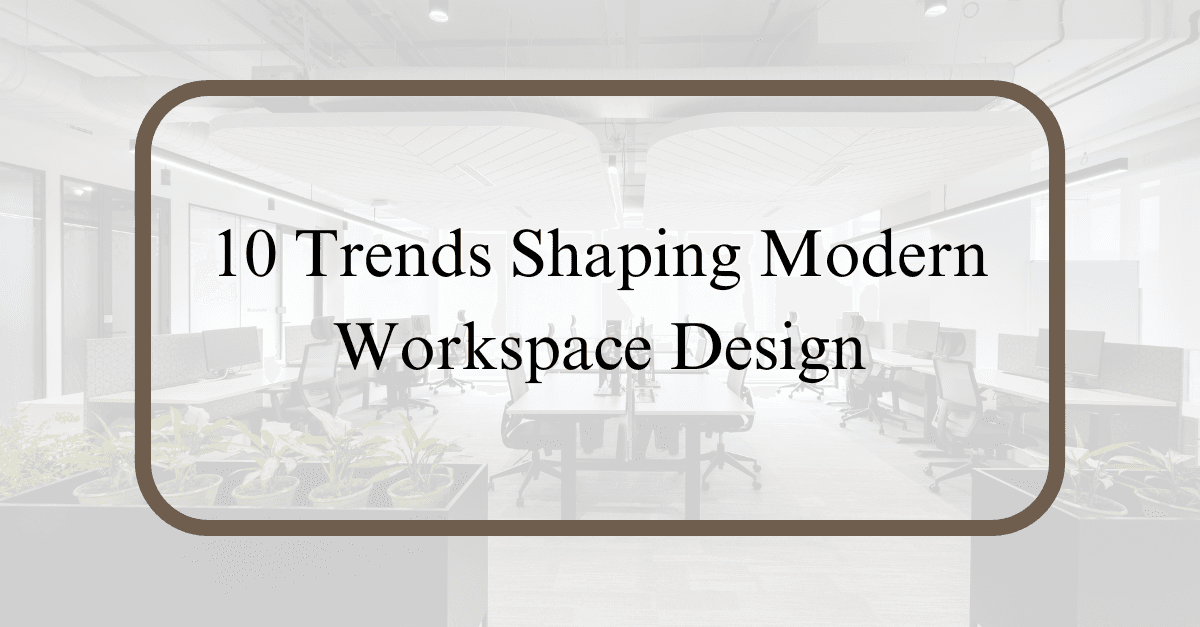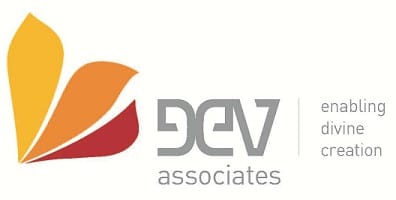
10 Trends Shaping Modern Workspace Design
As the landscape of work continues to evolve, so too does the design of the spaces in which we work. Modern workspace design is increasingly focused on flexibility, collaboration, and employee well-being. Here are ten key trends that are shaping contemporary office environments:
1. Flexible Workspaces
The rise of remote and hybrid work models has made flexibility a crucial aspect of workspace design. Offices now feature adaptable layouts with movable furniture and multi-purpose spaces that can be easily reconfigured to accommodate different team sizes and functions. This adaptability fosters collaboration and allows employees to choose their work environment based on their tasks for the day.
2. Biophilic Design
Incorporating elements of nature into workspace design is becoming increasingly popular. Biophilic design promotes well-being and productivity by integrating natural light, greenery, and organic materials. Features such as living walls, indoor plants, and large windows help create a calming atmosphere that enhances creativity and reduces stress.
3. Sustainability
With growing awareness of environmental issues, sustainability is now a priority in workspace design. Companies are opting for eco-friendly materials, energy-efficient systems, and sustainable practices. From using recycled materials to implementing waste reduction strategies, sustainable design not only benefits the planet but also improves the corporate image and attracts eco-conscious employees.
4. Technology Integration
The integration of technology into workspace design is essential for enhancing productivity and collaboration. Smart office solutions, such as IoT devices, video conferencing tools, and collaborative software, enable seamless communication and project management. Additionally, flexible workstations equipped with charging stations and high-speed internet access support employees’ diverse needs.
5. Focus on Employee Well-being
Modern workspace design increasingly prioritizes employee well-being. This includes creating spaces that support physical and mental health, such as wellness rooms, quiet zones, and areas for relaxation. Incorporating ergonomic furniture and promoting movement through standing desks and collaborative areas also contribute to a healthier work environment.
6. Community-Centric Spaces
Offices are evolving into community hubs that foster collaboration and social interaction. Shared spaces, such as lounges, cafeterias, and event areas, encourage teamwork and build a sense of community among employees. Designing these spaces with comfortable seating and inviting decor creates an atmosphere conducive to informal meetings and social gatherings.
7. Personalized Workstations
Modern employees seek personalization in their workspaces to reflect their individual preferences and enhance comfort. Providing options for customization, such as adjustable desks, personalized storage, and decor choices, empowers employees to create a workspace that suits their unique styles and work habits.
8. Color Psychology
Color plays a significant role in workspace design, influencing mood and productivity. Modern offices are incorporating thoughtful color palettes to evoke specific emotions and enhance the work experience. For example, blue tones can promote calmness and focus, while vibrant colors like yellow can stimulate creativity and energy.
9. Hybrid Meeting Spaces
With the rise of remote work, hybrid meeting spaces are essential for accommodating both in-person and virtual participants. Designing these spaces with advanced technology, such as high-quality audio-visual systems and user-friendly interfaces, ensures seamless communication and collaboration, bridging the gap between remote and on-site teams.
10. Cultural and Brand Integration
Modern workspace design increasingly reflects a company’s culture and brand identity. Incorporating elements such as brand colors, logos, and unique architectural features helps create a cohesive environment that resonates with employees and clients alike. This alignment fosters a sense of pride and belonging among employees, contributing to higher morale and engagement.
Conclusion
The trends shaping modern workspace design are driven by the need for flexibility, collaboration, and employee well-being. By embracing these trends, companies can create environments that enhance productivity, foster innovation, and promote a positive workplace culture. As we move forward, the focus on adaptive, sustainable, and employee-centered designs will continue to redefine how we work and interact in the office.



